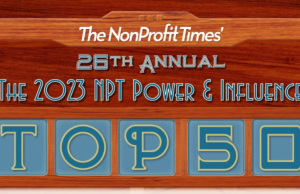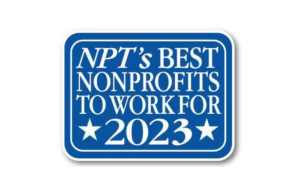Donors in the United States gave an estimated $1.97 billion during GivingTuesday in 2019, according to the 2019 Giving Tuesday Impact Report. Small donations added up: the median gift was $50. Giving Tuesday is a global movement that spurs charitable contributions on the first Tuesday after the Thanksgiving holiday in the U.S., this year on Dec. 1.
According to Giving Tuesday trends, organizations seeking to maximize donations should facilitate as many payment channels as possible. Online credit or debit card means were the preferred channel for 62 percent of contributors, followed by donations sent via postal mail, including those paid for by credit or debit cards or checks (12 percent), according to the 2020 Global Trends in Giving Report data, which is based on survey responses of 2,263 GivingTuesday 2019 donors. Another 12 percent of donors preferred to use PayPal, while 7 percent want to use bank or wire transfers. Three percent want to fork over cash, while 2 percent like mobile-enabled text-to-give options.
Digital wallet payments such as Apple Pay or Google Play or other digital transfer services, as well as cryptocurrency transfers, each made up 1 percent or less of all contributions.
GivingTuesday donors are ripe for being enrolled in recurring gift programs, which fundraising professionals often cite as the most reliable sources of revenue. Only 57 percent of GivingTuesday donors are currently enrolled in such programs, with the majority of enrollees providing monthly donations. Another 12 percent are enrolled in workplace giving programs, and 6 percent contribute to donor advised funds (DAF).
Scheduled gifts isn’t the only way donors can increase their impact. More than one in five (21 percent) create online peer-to-peer fundraising efforts to spur family and friends to donate. And nearly three quarters (74 percent) volunteer time, with 83 percent of those giving their energy to organizations to which they’ve also made cash donations.
GivingTuesday donors have political muscle as well. Nearly all (96 percent) regularly vote in local and national elections, and 37 percent donate to political causes. This propensity can be harnessed by organizations seeking to lobby governments.
Just as these donors want multiple channels for donations, they are diverse regarding preferred communication channels. Just over one third prefer email as a donation trigger above all else, while one quarter appreciate social media-based messaging. Fifteen percent are spurred to donate by an organization’s website, while television, radio and text message solicitations were cited as top solicitation channels by 5 percent or fewer each.
GivingTuesday donors find inspiration online in a variety of locations, with just over half (52 percent) indicating Facebook mentions spurred their activity, followed by Instagram (25 percent) and Twitter (11 percent). half have donated through Facebook fundraising tools, and 17 percent have donated through Instagram fundraising tools.
Messaging counts heavily when generating repeat donations. Nearly half enjoy regular emails detailing the impact of their contribution, and just under a quarter want similar messages through social media. Only 13 percent indicated they would like print communication of these messages. Direct communications such as handwritten notes or personal phone calls were welcome by only a small contingent of donors — 12 percent and 5 percent, respectively.
Recipient organizations were spread across a spectrum of causes, with hunger and homelessness barely leading the pack at 13 percent of all organizations receiving donations, followed by health and wellness concerns (12 percent), animal and wildlife nonprofits (11 percent), children and youth-focused organizations (10 percent), and faith and spirituality nonprofits and human and social services organizations, two categories that each made up eight percent of organizations receiving contributions.










